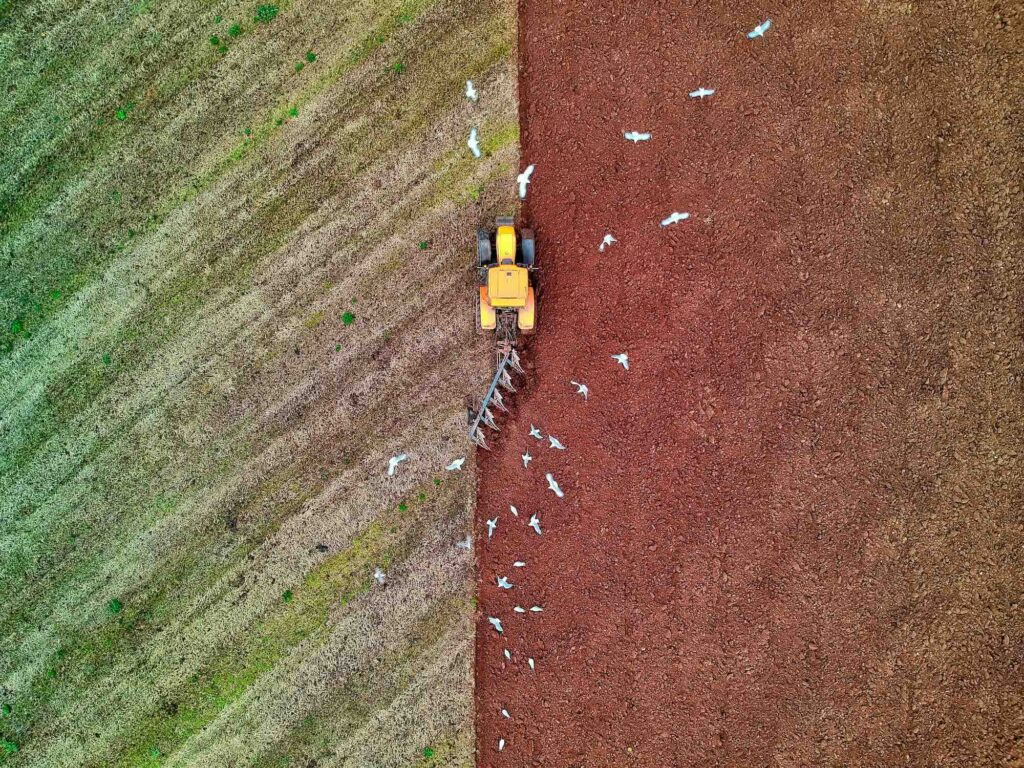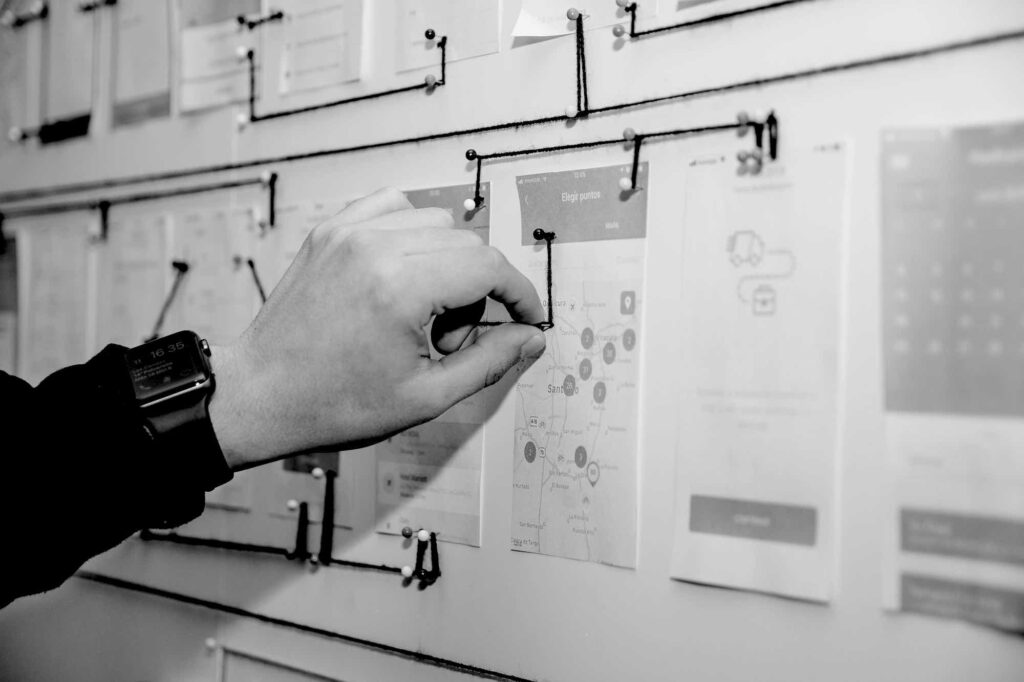The quality of measurement data is essential for making sound decisions in product development and manufacturing. To ensure data quality, engineers must be confident in the measurement system used. An important metric for determining measurement system quality is called “repeatability and reproducibility” (GR&R). This article will briefly overview GR&R and how it is used to assess measurement system variability.
What is GR&R?
GR&R is a statistical method for assessing the variability of a measurement system. It is typically used when there are multiple measurements of the same item being made by the same operator using the same measuring device. The goal of GR&R is to determine the amount of variation that can be attributed to the measurement system itself (i.e., repeatability) versus other sources of variation (i.e., reproducibility).
GR&R studies are typically performed by taking a sample of items and measuring them multiple times using the same method. The results are then analyzed to calculate the overall variability of the measurement system. From this information, engineers can identify sources of variation and take steps to improve the data quality.
Why is GR&R Important?
In many industries, manufacturing tolerances are getting tighter and tighter. As tolerances get smaller, the need for accurate measurements becomes more critical. Inaccurate measurements can lead to scrap, rework, and production delays. By conducting a GR&R study, engineers can identify sources of variation in the measurement process and take steps to improve accuracy and reduce waste.
There are three types of variability that can affect measurement systems:
1. Appraiser variability – This is the variation between different operators measuring the same thing.
2. Measurement system variability – This is the variation between different measuring devices measuring the same thing.
3. Part-to-part variability – This is the variation between identical parts being measured by the same operator using the same measuring device.
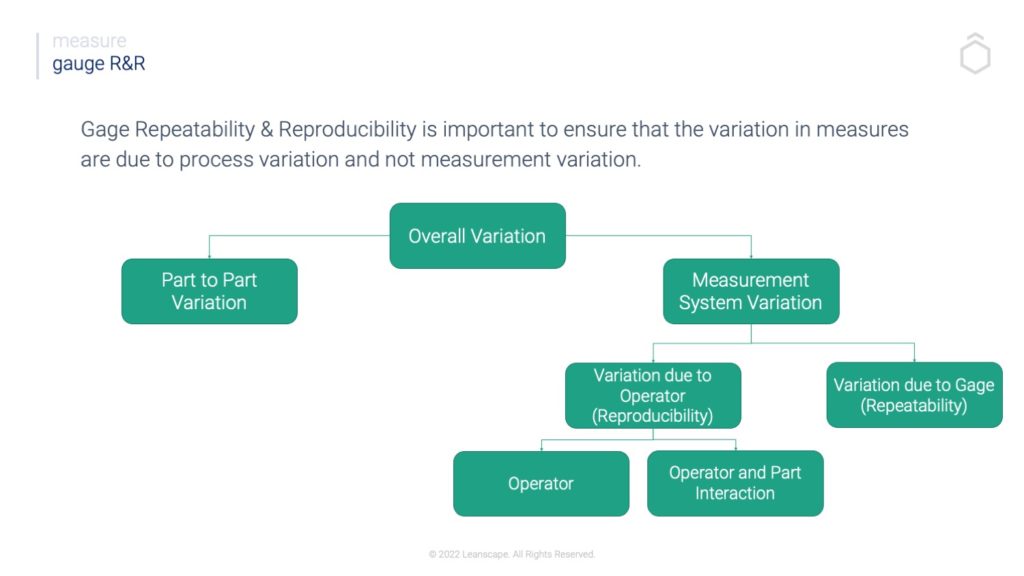
GR&R study involves taking multiple measurements of the same thing by different appraisers and different measuring devices. The data from these measurements is then analyzed to determine which variability sources affect the measurements’ accuracy. The results of a GR&R study can help you make decisions about which sources of variability need to be controlled to improve measurement accuracy.
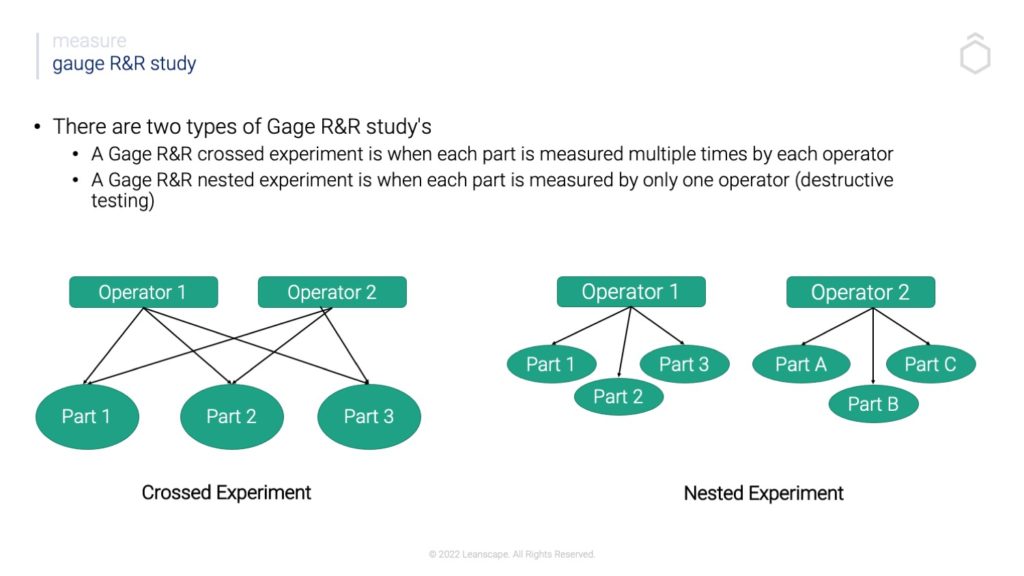
1. Why conduct a GR&R study?
Measurement system variability can significantly impact the ability to make accurate decisions. GR&R can help identify and quantify these sources of variability so that they can be corrected and the measurement system’s accuracy improved. By conducting a GR&R study, engineers can identify sources of variation in the measurement process and take steps to improve accuracy. The results of a GR&R study can help you make decisions about which sources of variability need to be controlled to improve measurement accuracy.
2. When should a GR&R study be conducted?
A GR&R study should be conducted when there is a need for accurate measurements. Tolerances are getting tighter and tighter in many industries, so the need for accurate measurements becomes more critical. Inaccurate measurements can lead to scrap, rework, and delays in production. By conducting a GR&R study, engineers can identify sources of variation in the measurement process and take steps to improve accuracy.
3. How do you conduct a GR&R study?
To conduct a GR&R study, you first need to gather a sample of items that will be measured. These items should represent the items that will be measured in production. You then need to measure these items multiple times using the same method. The results of these measurements are then analyzed to calculate the overall variability of the measurement system. From this information, engineers can identify sources of variation and take steps to improve the data quality.
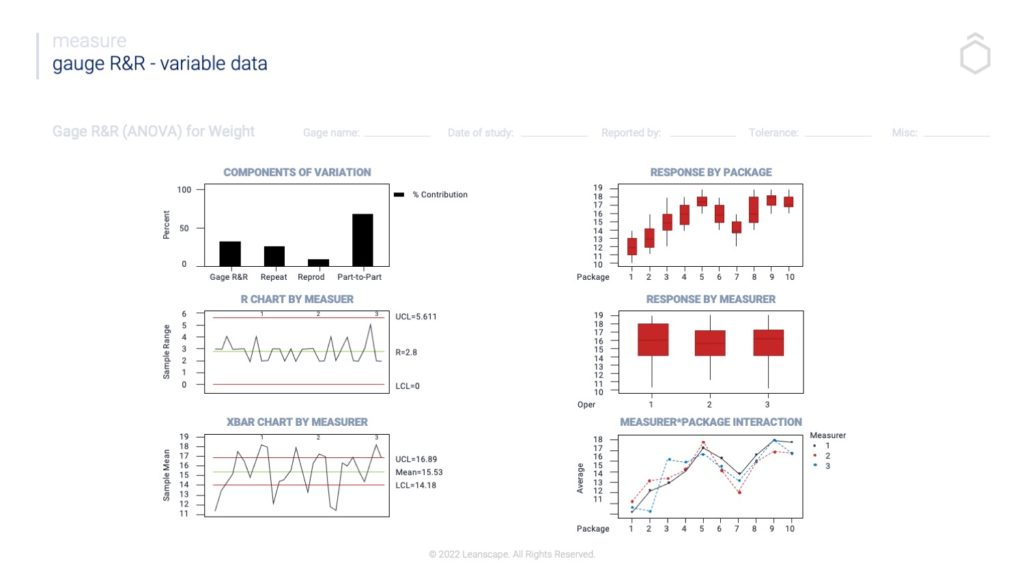
4. What are some common causes of measurement inaccuracy?
One of the leading causes of measurement inaccuracy is the incorrect calibration of measuring devices. If a device is not calibrated correctly, it will not give accurate measurements. Another common cause of inaccuracy is human error. Appraisers can make mistakes when taking measurements, leading to inaccurate data. Part-to-part variability is also a common source of measurement inaccuracy. This occurs when different parts are measured by different appraisers and measuring devices and results in inconsistent measurements.
5. How can I use the results of a GR&R study to improve measurement accuracy?
The results of a GR&R study can help you make decisions about which sources of variability need to be controlled to improve measurement accuracy. In particular, the study can help you identify and quantify sources of variation in the measurement process. This information can be used to make changes to the measurement system that will improve accuracy. For example, if incorrect calibration is identified as a source of inaccuracy, engineers can work to improve calibration procedures. If human error is identified as a source of inaccuracy, training may be needed to help appraisers take accurate measurements. By identifying and correcting sources of variability in the measurement process, you can improve the accuracy of your measurements and reduce waste.
6. What are some common pitfalls when conducting GR&R studies?
GR&R studies are an essential tool for improving the accuracy of measurements. However, a few common pitfalls can occur when conducting these studies. One common pitfall is not taking into account all of the sources of variability in the measurement process. Another common pitfall is not using a large enough sample size. Additionally, it is important to be careful when analyzing the results of a GR&R study. Incorrect interpretation of data can lead to inaccurate conclusions about the measurement system. By avoiding these common pitfalls, you can ensure that your GR&R study provides accurate information about the accuracy of your measurements.
Conclusion:
Understanding GR&R is important for any engineer who relies on accurate measurements to make product development or manufacturing decisions. GR&R studies help identify sources of variability in measurement systems so that steps can be taken to improve accuracy and reduce waste. If you haven’t already, consider conducting a GR&R study next time you need to assess measurement system quality.





